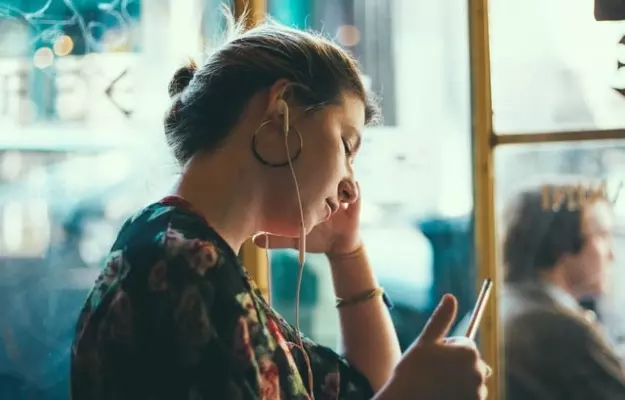Sight, sound, smell, taste and touch are the five basic senses that we rely on. If even one is compromised or damaged, it can affect our quality of life. With increasing age, these senses tend to dull—this is, of course, natural. But there are a number of environmental, occupational and lifestyle factors that can damage these senses, too. This is especially true in the case of our auditory senses, thanks to increasing noise pollution.
Noise exposure and hearing damage (and eventual hearing loss) have been the subject of study for decades. Previously, experts worried mostly about industrial or occupational noises among those working in or living close to factories. With the increase in traffic and the development of listening devices, the focus gradually shifted to include these factors into the idea of noise exposure as well.
Over the decades, listening devices developed to promote personal use and convenience. In the 1980s and 1990s, ENT specialists worried about walkman and headphone usage and the effect they had on the hearing capacity of adolescents. Nowadays, accessing personal listening devices (PLDs) has become even easier with the development of earphones and headphones of many varieties. The latest versions are not only easy to use, but also come with higher decibels (the unit of measurement for sound levels) which are delivered directly into the ears. This can lead to hearing damage and loss.
The World Health Organization (WHO) reports a 5.3% prevalence of hearing loss globally, which amounts to roughly 360 million people. India carries 6.3% of the disease burden for hearing loss—this issue is not one that you should take lightly. This article explains the precise how and why of hearing damage and loss due to earphone damage, and steps you can take to avoid it.





























